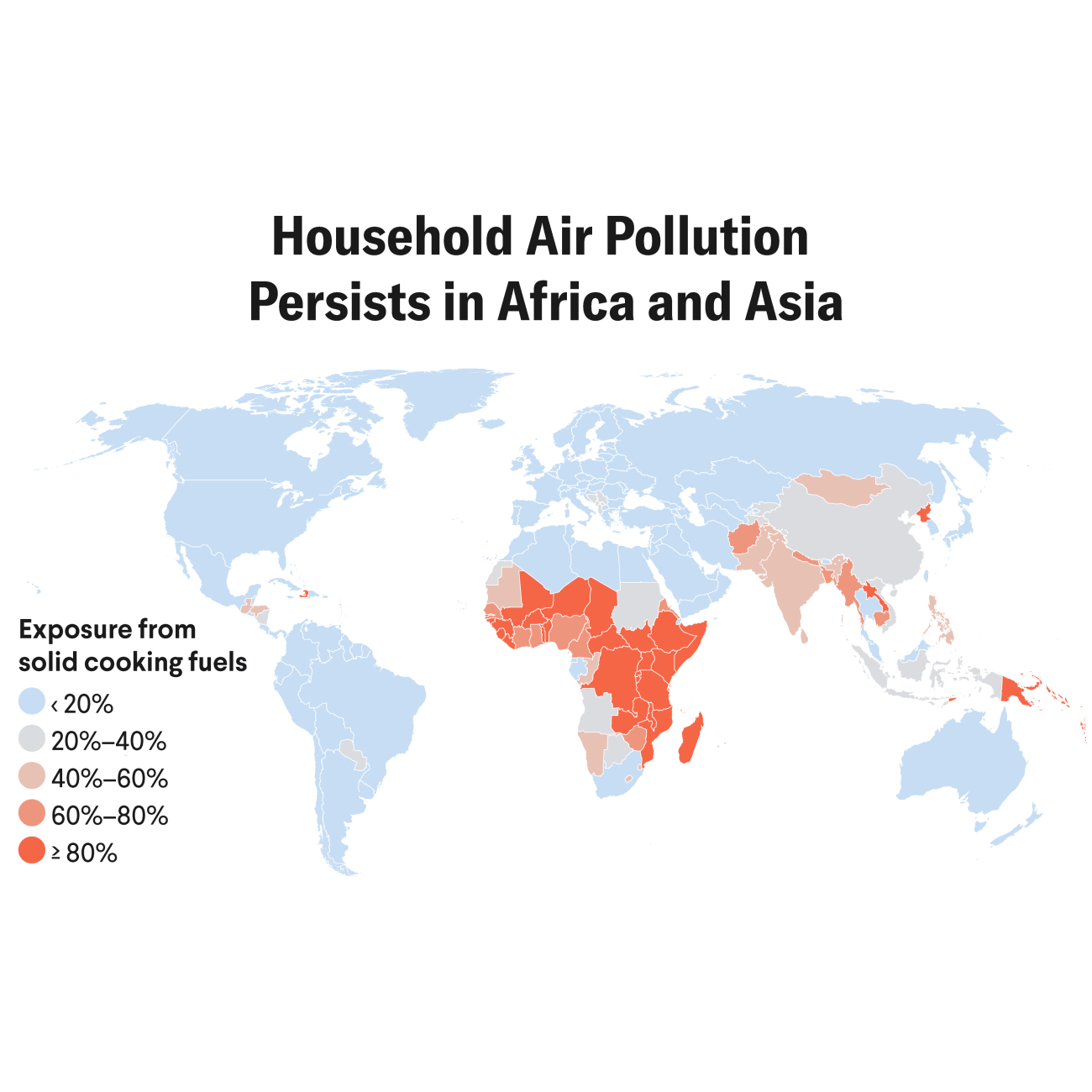Public health officials and meteorological agencies in East Africa warn that heavy rains and floods caused by climate change will intensify in coming years. The imminent surge in weather-related disasters is an urgent call for the region to bolster its emergency and disaster preparedness.
In Tanzania, torrential rains wreaked havoc from January to May 2024. Over those months, recurring floods transformed roadways into rivers, submerged entire homes, killed at least 155 people, and left 236 injured as of early May. In Dar es Salaam, the commercial heart of the country, the destruction of landmark bridges and other infrastructure left thousands displaced in January alone. In addition to the impact on human lives, the destruction of more than 51,000 homes and 76,700 hectares (189,000 acres) of farmland has adversely affected more than 200,000 people across the country.
The lack of a well-coordinated disaster plan in Tanzania contributes to delayed responses that ultimately lead to a higher death toll
James Mbatia, disaster preparedness expert
Those floods are a symptom of the larger-scale devastation unfolding across East Africa since the region’s seasonal rains began in October 2023. Exacerbated by El Niño, heavy rains and flooding have claimed hundreds of lives and displaced 1 million people across the region, including in Ethiopia, Kenya, Somalia, and Tanzania. Many of those countries are also grappling with severe public health emergencies caused by the floods. In Somalia, floods have created a breeding ground for bacterial diseases that have in turn resulted in a surge in cholera outbreaks across the country. In Kenya and Tanzania, floods have caused extensive agricultural damage, leading to economic losses and increasing the risk of food insecurity.
Mitigation Efforts
To mitigate the effects of future floods in the region, immediate action is needed. East African governments need to enhance their disaster response plans and allocate immediate humanitarian relief resources for victims of disasters. James Mbatia, a former legislator and disaster preparedness expert, has long advocated for the Tanzanian government to establish a dedicated disaster management authority. The lack of a well-coordinated disaster plan in Tanzania, he asserts, contributes to delayed responses that ultimately lead to a higher death toll.
The lack of such planning in Tanzania and East Africa can partly be attributed to the chronic underfunding of efforts to address natural disasters over the past two decades. Increased foreign investment from organizations such as the U.S. Agency for International Development could help East African countries formulate efficient disaster plans and invest in resources capable of addressing emergencies. Regional disaster response forces, for example, could be prepared to deploy emergency tents and shelter kits in flood-affected communities and to provide water sanitation resources to mitigate the threat of cholera and other communicable diseases.
To accompany disaster planning, East African countries need to enhance emergency health-care infrastructure to treat victims injured during floods and other crises. Studies have highlighted the underdevelopment of emergency care in Tanzania and other countries in the region, citing deficiencies in infrastructure, surgical capacity, and resources for addressing acute medical and traumatic conditions. Given the recent surge in climate disasters, it will be imperative for East Africa to expand access to acute trauma care, infection treatment, mental health support, nutrition management, and emergency surgery. A robust prehospital emergency care and transportation system needs to be established to enhance responses to natural disasters and mass casualty incidents.
Infrastructure should be able to withstand the impact of floods, earthquakes, tornadoes, and other natural disasters. Currently, investment in infrastructure in Tanzania and other East African nations has been constrained by financial and political obstacles. However, a few successful infrastructure projects have been facilitated by investment, such as the 14-megawatt hydroelectricity generator set to provide renewable energy to rural regions of Tanzania and Uganda.
To continue that momentum, investors should allocate more funding for flood barriers, dams, and stormwater management systems, as well as engineer slope stabilization systems that minimize landslide risks. Those measures effectively mitigate the impact of torrential rains, proactively prevent floods, and save thousands of human lives.
Infrastructure should be able to withstand the impact of floods, earthquakes, tornadoes, and other natural disasters
The availability and effectiveness of advanced early warning systems for flooding and other natural disasters are currently limited. To remedy that deficit, East African governments should establish immediate communication channels, including broadcast announcements and emergency cell-phone alarms, that import data on incoming emergencies to alert at-risk communities before disaster strikes.
The floods in Tanzania underscore the need to address global climate change. Despite having one of the smallest carbon footprints in Africa, Tanzania and its neighboring East African countries have been greatly affected by adverse weather conditions caused by changing weather patterns.
Considering the disastrous effects that insufficient infrastructure can have on human lives, the East African community needs to maximize investments from outside funders to establish disaster response plans, emergency care, robust infrastructure, and advanced early warning systems. Such efforts could help prevent future disasters and save thousands of lives across the region.



